
Comics powerhouses Marvel and DC have utilized superheroes in diverse ways throughout the years. Superheroes are ideal for a myriad of adventure narratives across various genres, yet they can also serve as platforms to discuss contemporary societal matters. Fiction often mirrors reality, but it presents challenges. Some readers prefer their entertainment free from real-life troubles, while others shy away from content that contradicts their beliefs (we all know who I’m referring to). The main issue lies in the fact that fictional works struggle to tackle such themes effectively. This challenge is particularly pronounced in comics because of their inherent simplicity – they often revolve around moral tales, which can make it tough to address complex real-world problems. Nevertheless, there are creators who excel at this form of storytelling, and we’ve seen numerous comic books that successfully tackle real-life issues.
There’s no shortage of instances where comics miss the mark on real-life concerns – just take Marvel’s All-New, All-Different publishing endeavor as an example, which seemed more focused on fulfilling diversity requirements than crafting compelling narratives that tackled the prejudices prevalent in our society. However, some creators manage to hit the nail on the head. Comics offer an excellent platform for storytelling, particularly when it comes to exploring real-world events. These seven works serve as outstanding examples of authors using comics to discuss current issues, provoking deep thought among readers.
7) Swamp Thing (Vol. 2) #35-36
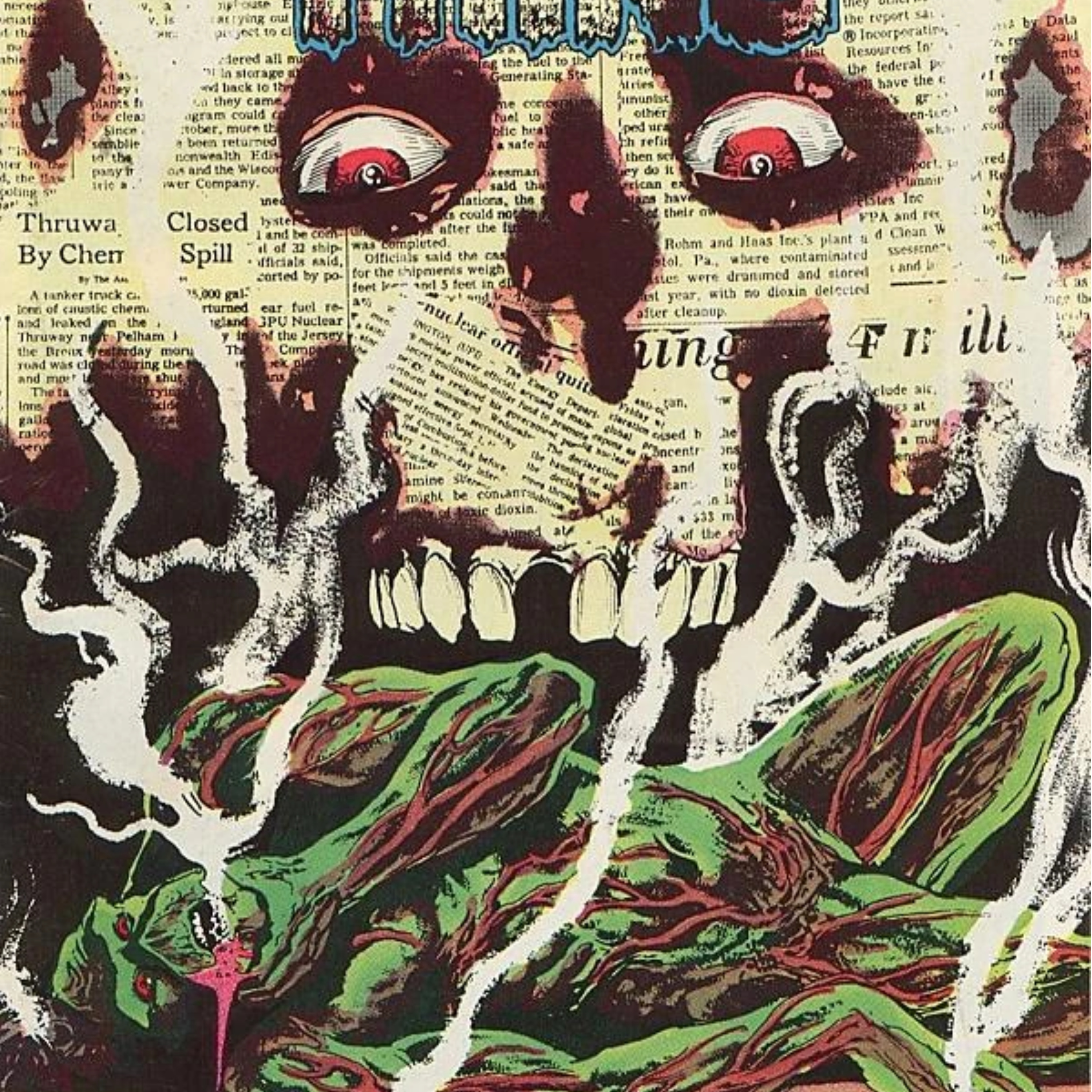
In essence, most of these comics are written by Alan Moore, a writer who has had a profound impact on the comic world and whose talent is hard to rival. For instance, his work on “Swamp Thing” showcases how he effectively addresses real-world problems in a compelling manner. One such example is the story titled “The Nukeface Papers,” found in “Swamp Thing” (Vol. 2) #35-36. In this narrative, Moore tackles the issue of companies burying toxic waste illegally and the disastrous outcomes that follow. The character Swamp Thing encounters a man named Nukeface, who consumes nuclear waste and follows a company that regularly dumps radioactive material in an illegal manner to obtain more of his beloved drink. This story is noteworthy as it highlights the callousness of companies towards public safety when profits are at stake, and the devastating effects such actions can have on both nature and those unlucky enough to be affected. Moreover, this is also the first time Swamp Thing learns that he can regenerate his body after destruction, which holds significant historical significance for the character. Overall, “Swamp Thing” is a masterpiece from beginning to end, with Moore shedding light on the flaws of capitalism.
6) Swamp Thing (Vol. 2) #40
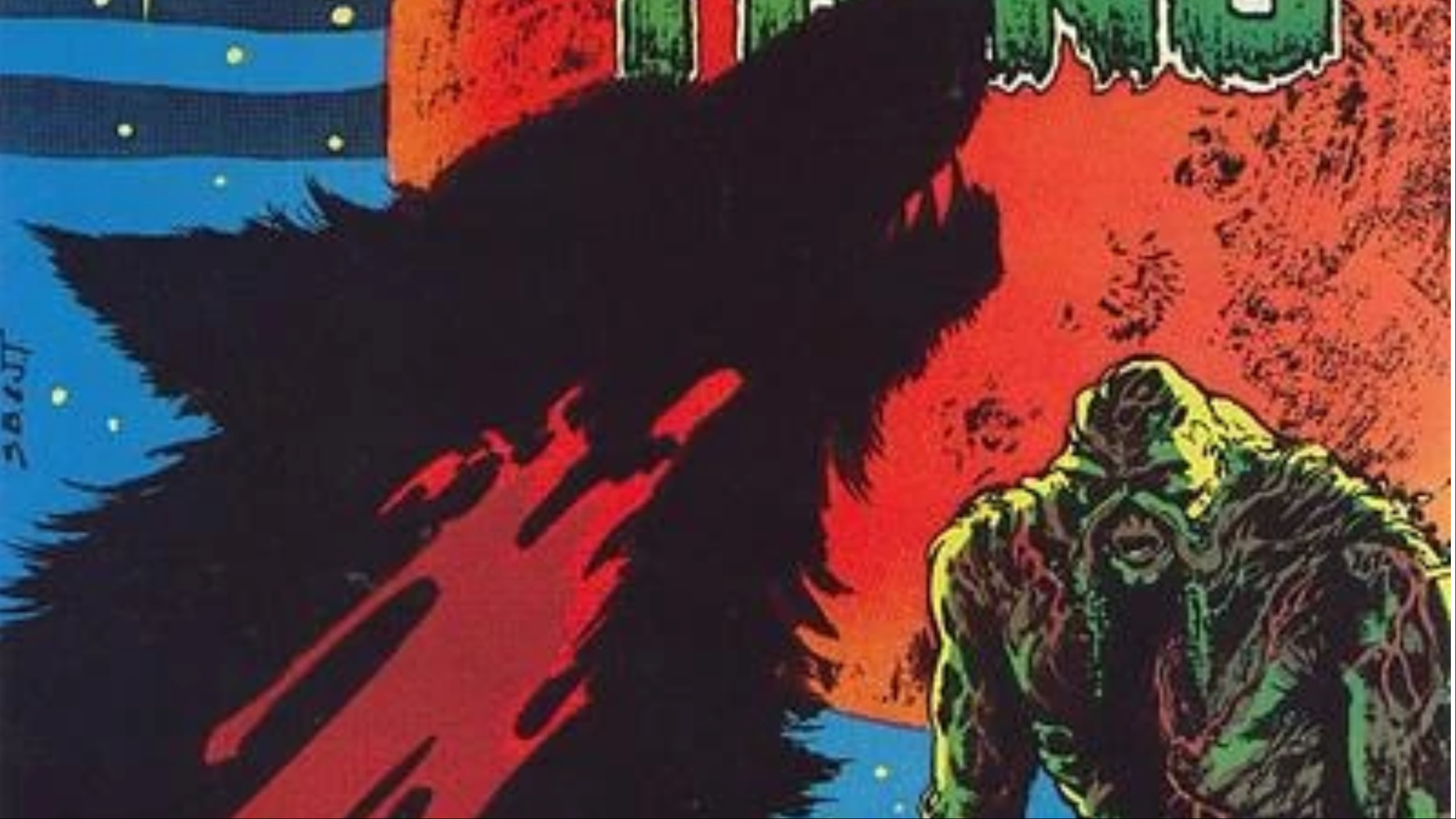
Alan Moore’s masterpiece, ‘Swamp Thing’ (Vol. 2) #40, titled “The Curse,” is a gripping werewolf story set in America. Unlike traditional werewolf tales, this one delves into the dark history of a town cursed since Native American times, where women’s menstrual cycles were controlled by men. This curse mutates a woman into a werewolf. The issue explores misogyny, portraying how women are treated as objects and their monthly cycle is trivialized. Moore brilliantly depicts the brutality of male dominance over women, using domestic life to highlight how women’s lives are overshadowed by men who view them merely as servants. This story is potent and may not be fully captured in this explanation; I strongly recommend reading it for a deeper understanding. In fact, I encourage you to read the entire ‘American Gothic’ series – it’s well worth your time.
5) Swamp Thing (Vol. 2) #45

In this edition of “American Gothic,” titled “Ghost Dance” from “Swamp Thing” (Vol. 2) #45, we delve into the Cambridge Mansion, modeled after the actual Winchester Mystery House. This enigmatic structure was constructed by an heir of the Winchester rifle company and is a popular tourist destination. In “Ghost Dance,” a pair of unfaithful couples attempt to infiltrate the haunted Cambridge Mansion. The mansion is inhabited by the spirits of every individual who perished at the hands of Cambridge firearms. Alan Moore uses this issue as a platform to discuss America’s longstanding problem with gun violence, filling the pages with gruesome captions detailing the tragic consequences of firearms on the North American continent. The artistry in “Swamp Thing,” known for its eerie and chilling style, is utilized to portray these grim tales. In this story, even the innocent suffer, a reflection of the impact that gun violence has on the cultural consciousness of the United States.
4) Preacher
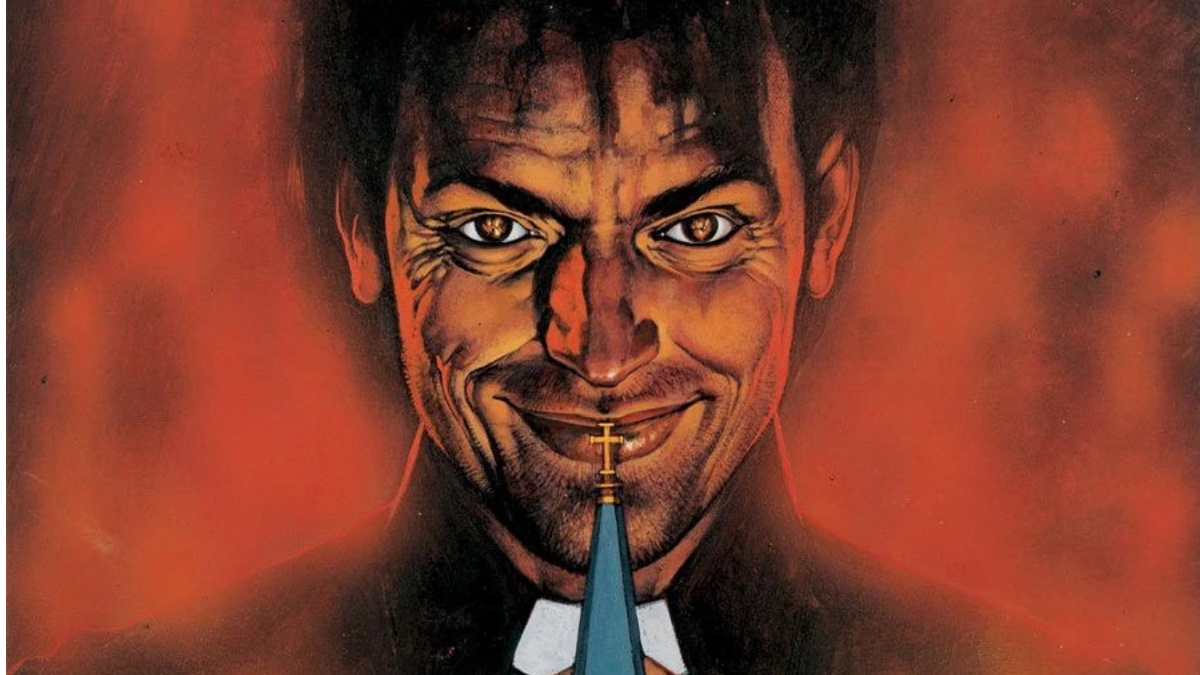
The graphic novel “Preacher,” penned by Garth Ennis and Steve Dillon, carries a distinctive reputation among its readers, prompting many to question its inclusion in this list. “Preacher” is the narrative of Jesse Custer, a man compelled into the priesthood by his mentally unstable grandmother. Upon being possessed by the half-angel, half-demon entity known as Genesis, he acquires the ability of the Word, enabling him to command anyone to carry out his commands. Accompanied by his girlfriend Tulip and Irish vampire Cassidy, Jesse embarks on a journey to locate God and hold Him accountable for His desertion from Heaven. I believe “Preacher” merits inclusion in this list for two primary reasons: its exploration of problematic masculinity, a concept unfamiliar to many readers during the ’90s, and its portrayal of how the powerful exploit religion to manipulate the masses. Jesse persistently tries to safeguard Tulip because she’s a woman, repeatedly shown to be in error. However, Tulip is more than capable of defending herself and even saves the day on multiple occasions, demonstrating the shortcomings of toxic masculinity that has pervaded society for generations. Additionally, “Preacher” is highly critical of religion, although I won’t delve into that aspect here, it effectively illustrates how power structures employ religious beliefs as a means of control. “Preacher” is renowned for its graphic violence, outrageous humor, and mature themes, but its underlying story transcends these elements, making it one of the most outstanding ’90s comics ever created.
3) God Loves, Man Kills
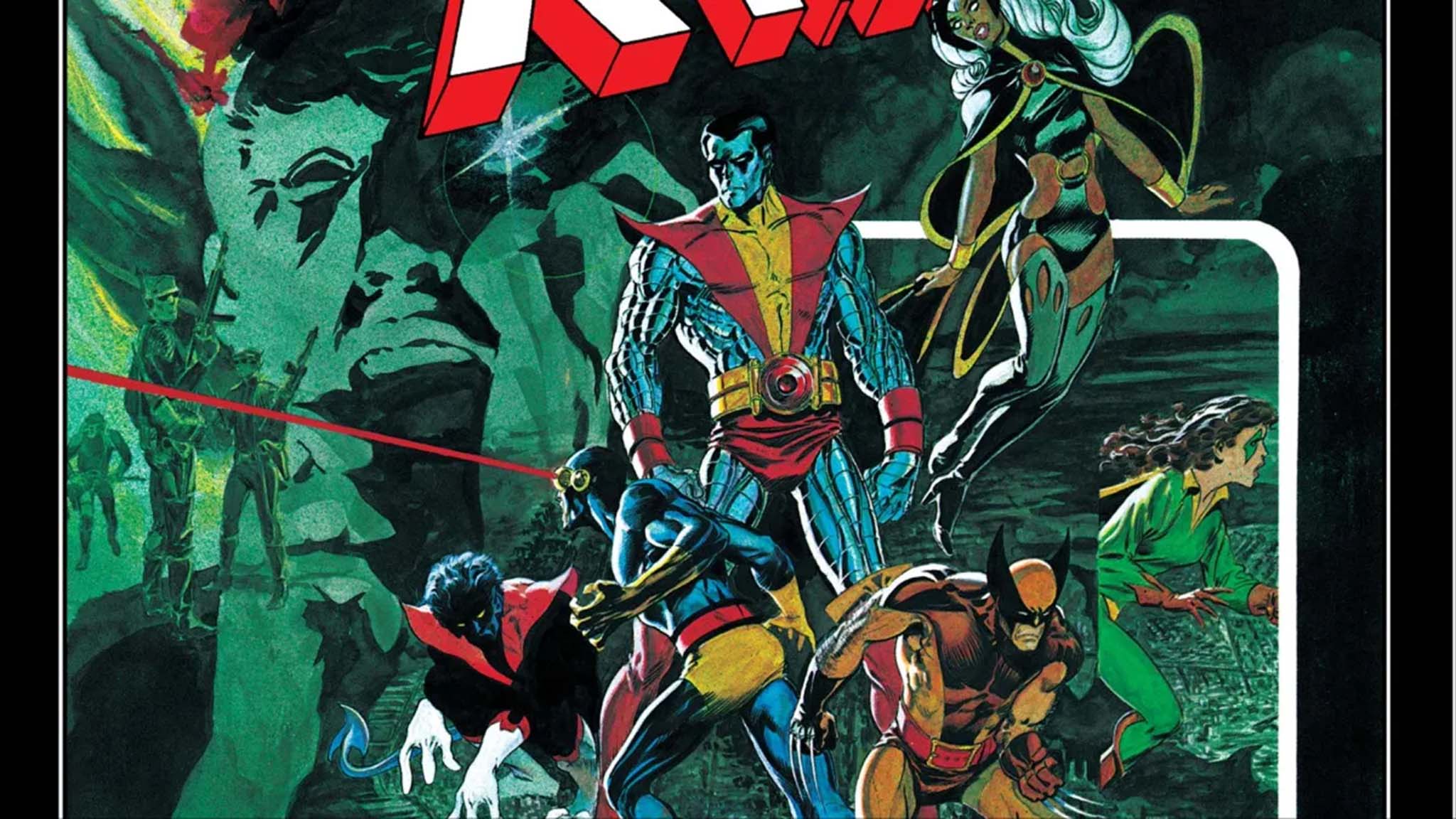
One of the most powerful X-Men tales is God Loves, Man Kills. In my view, the X-Men are Marvel’s most significant creation due to their symbolic meaning in society. The X-Men serve as a metaphor for any oppressed group, even though this isn’t always evident – after all, not every oppressed group includes individuals with superhuman abilities – some stories manage to fully leverage the central allegory of the X-Men. That’s God Loves, Man Kills. This graphic novel introduced us to Reverend Stryker and the Purifiers, an extremist anti-mutant sect who considered mutants as offspring of the devil and believed they didn’t deserve to exist. When they massacred a group of mutant children, Magneto intervened, leading the X-Men to join forces with their arch nemesis to prevent more such atrocities. God Loves, Man Kills explores how religion and prejudice have often been intertwined, showing how bigots misuse teachings intended to unite us, meant to instill hope and comfort, to justify their hatred. God Loves, Man Kills sparked controversy among conservatives in the early ’80s and unfortunately, its message remains relevant over 40 years after it was published.
2) The Nightly News
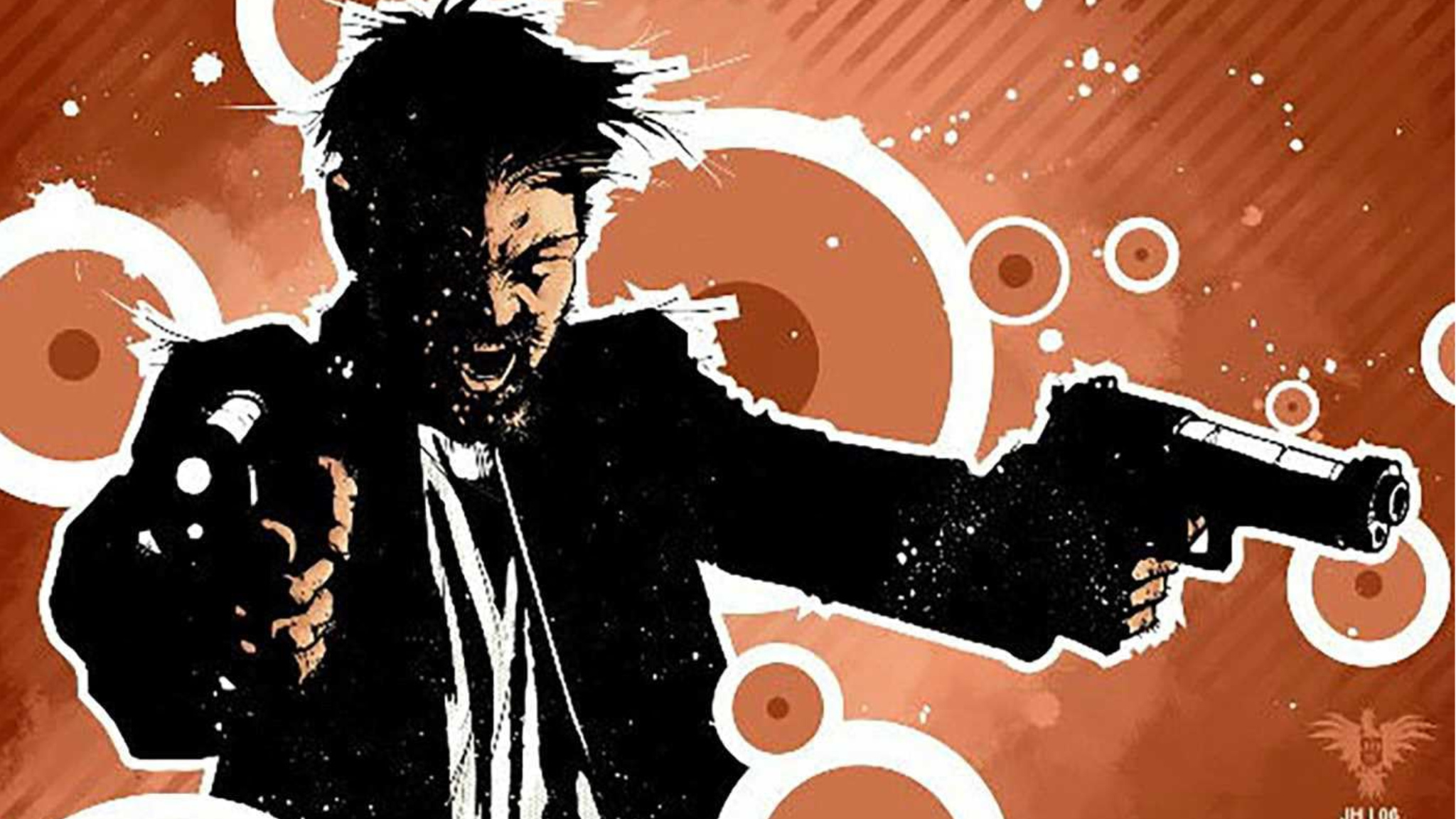
The Nightly News, initially published around two decades ago, remains remarkably contemporary in its comic satire. Many may recognize Jonathan Hickman from his work at Marvel, but it was this Image Comics title that marked the beginning of his career. The Nightly News chronicles the activities of a terrorist organization called the Voice, composed of individuals whose lives have been adversely affected by mainstream media. This group is united by an enigmatic benefactor with the goal of dismantling the stranglehold of media conglomerates on public opinion. The narrative primarily focuses on the Hand of the Voice, who targets news anchors and gradually uncovers the dark secrets hidden within the Voice. The Nightly News delves into the inner workings of the media industry, employing real-world facts to highlight how a few corporations dominate the media landscape and manipulate it for their benefit. This tale serves as a stark reminder of the influence that wealth can wield over society and the power of the media to shape public perception, transforming individuals into heroes or villains.
1) V for Vendetta
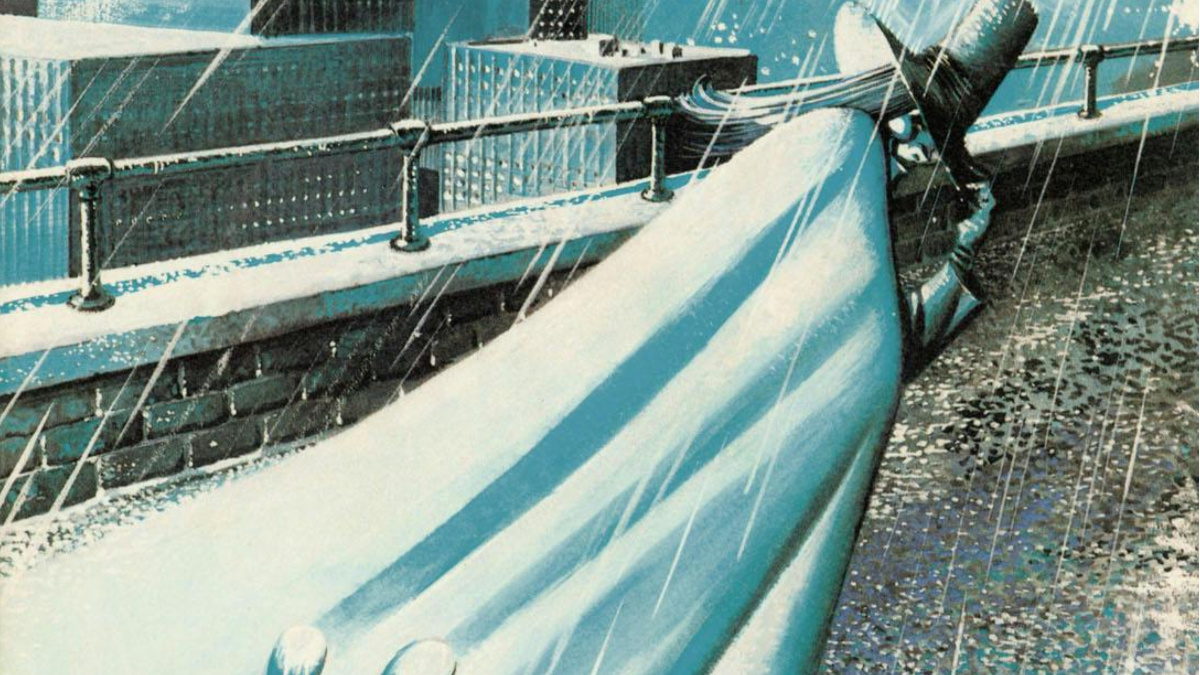
Alan Moore once again graces the list with one of the most influential fictional tales of recent decades – V for Vendetta. Originally published in Britain’s Warrior magazine, the series found new life when Warrior ceased operations and Moore moved to DC Comics. The American publisher then reprinted earlier volumes and allowed Moore and David Lloyd to conclude the story. V for Vendetta follows Evey and freedom fighter V as they challenge the oppressive Norsefire government, which has risen to power following a limited nuclear war in 1997 that devastated much of the world but spared England. This situation provides an opportunity for the bigoted Norsefire party to seize control, leading to a narrative about the dangers of fascism and how those in power exploit modern society’s trappings to maintain their grip on people. Moore masterfully explores how conservatives can manipulate prejudice to gain power, and the story remains remarkably relevant even today – if anything, it seems more pertinent than ever in light of current global events.
Read More
- The Most Jaw-Dropping Pop Culture Moments of 2025 Revealed
- Ashes of Creation Rogue Guide for Beginners
- ARC Raiders – All NEW Quest Locations & How to Complete Them in Cold Snap
- Where Winds Meet: How To Defeat Shadow Puppeteer (Boss Guide)
- Best Controller Settings for ARC Raiders
- Where Winds Meet: Best Weapon Combinations
- Ashes of Creation Mage Guide for Beginners
- Hazbin Hotel season 3 release date speculation and latest news
- 5 Things We Want to See in Avengers: Doomsday’s First Trailer
- Jim Ward, Voice of Ratchet & Clank’s Captain Qwark, Has Passed Away
2025-07-27 19:13